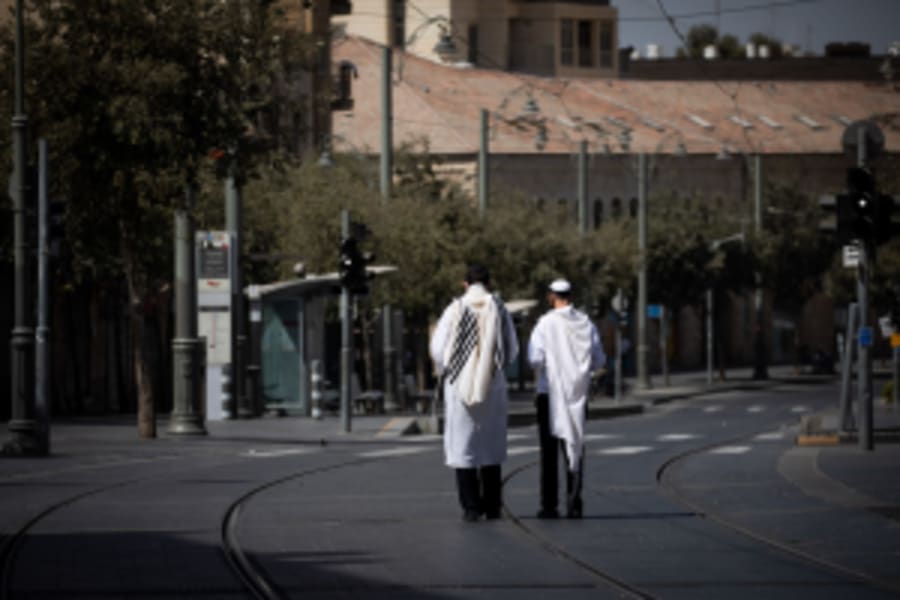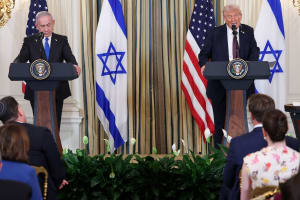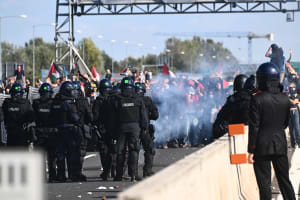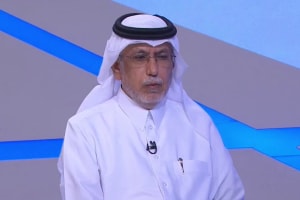Fears of radioactive fallout spike across Middle East after strikes on Iranian nuclear sites
Despite strikes on nuclear facilities, no radiation leakage has been detected

Following initial Israeli strikes on Iranian nuclear facilities in the opening moments of Operation Rising Lion, concern over the risk of radioactive fallout began to increase across the Middle East.
Those fears increased even more after IDF spokesman Brig.-Gen. Effie Defrin mistakenly said that Israel struck the Bushehr Nuclear Power Plant, Iran's only active reactor.
While the Israeli government quickly walked back that statement, it led many in the region to wonder what steps would be necessary following a strike on a site with significant radioactive material.
After Israeli strikes on the sites of Natanz and Isfahan, the International Atomic Energy Agency (IAEA) confirmed contamination within both facilities, but said no elevated radiation levels had been detected outside the facilities.
Following the U.S. airstrike on the nuclear site at Fordow, involving 30,000 pound bunker-buster bombs, those concerns were again raised, despite assurances by the IAEA and even U.S. officials that the risk of contamination was minimal due to its depth and the fact that it was an enrichment site, meaning contamination would largely be chemical, not radiological.
Following that strike, IAEA chief Rafael Grossi said that the strikes had only caused “localized contamination.”
“Based on its knowledge of what these halls contained, the IAEA assesses that this strike may have caused localized contamination and chemical hazards,” Grossi said following a review of post strike data.
However, he stated that radiation levels across the region remained normal.
Radiation levels in the Gulf region remain normal following the 12-day conflict that severely damaged several nuclear facilities in Iran, @rafaelmgrossi said today: https://t.co/8uO8Gi3Z3t pic.twitter.com/U15jkeDan4
— IAEA - International Atomic Energy Agency ⚛️ (@iaeaorg) June 27, 2025
Still, despite these assurances, some residents of the region remain concerned about radiation risks.
In Jordan, after the chairman of the Jordanian Atomic Energy Commission, Dr. Khaled Toukan, commented in an interview that the risk of nuclear contamination would increase if Israel’s Dimona nuclear power plant were targeted, many Jordanians became extremely concerned.
While Dr. Toukan said there was a risk of a radioactive cloud forming as a result of the strikes, he also noted that such a cloud would most likely move into the southern desert region, posing little risk for most Jordanians.
During the interview, he mentioned the use of potassium iodide (KI) tablets, which can be used following radiation exposure to prevent the absorption of radioactive iodine by the thyroid gland.
Following Dr. Toukan’s interview, reports came out that some Jordanians had started buying potassium iodide tablets and taking them as a part of a preventative approach.
Health experts in the country began to caution the population that potassium iodide has no preventative properties, and should only be taken when prescribed by a health professional following exposure to radiation.
In Lebanon, the Hezbollah-affiliated Al-Akhbar newspaper published an article warning of profiteering in the pharmaceutical market based on fears over radiation fallout, and warning that social media often amplifies the risks artificially.
Fears of a possible nuclear disaster could also be seen in the formation of a joint Arab body to prepare for potential nuclear emergencies shortly after the hostilities began. The initiative was started by Salem al-Hamdi, Director-General of the Arab Atomic Energy Agency, just days after Israel attacked Iran’s sites.
The body mainly operated an early-warning system, monitoring for any evidence of radiation pollution in the sites struck by Israel.
As of last Friday, the IAEA reported that radiation levels across the Persian Gulf region were normal following the cessation of hostilities.

The All Israel News Staff is a team of journalists in Israel.
You might also like to read this:
















